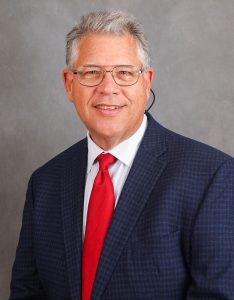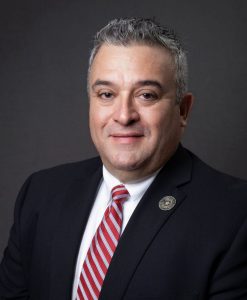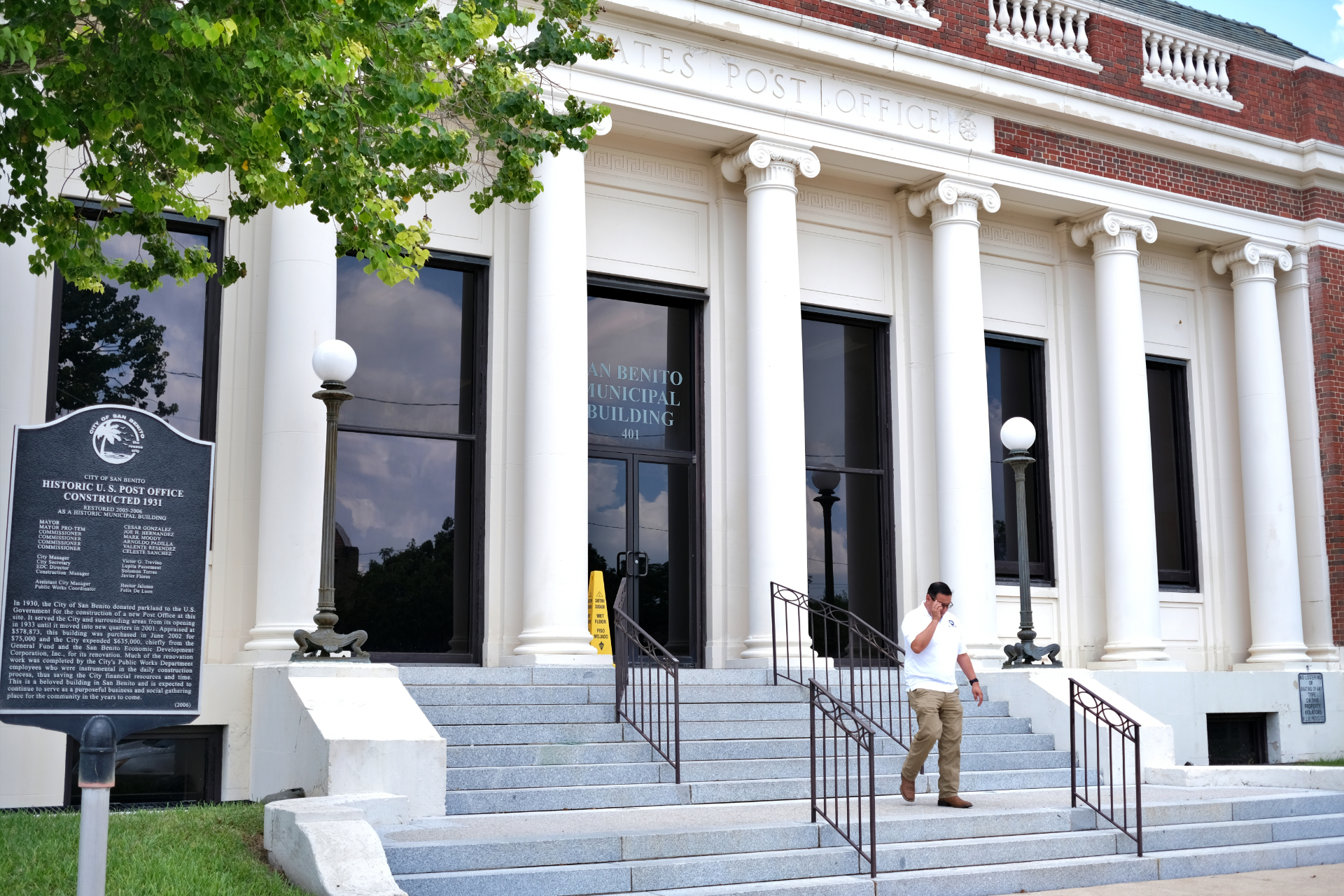|
Only have a minute? Listen instead
Getting your Trinity Audio player ready...
|
SAN BENITO — The city’s new $18 million general fund budget’s boasting a $16.8 million cash cache, planned to help fund an outdoor music venue highlighting San Benito’s cultural history while launching water rate hikes aimed at pulling the utility system out of the red.

Under the budget, officials are planning to transform the city’s fairgrounds into a live music destination, proposing to build an amphitheater around a pre-set stage showcasing the city’s cultural history.
“There’s the rich cultural heritage we’re putting in a rustic environment,” Commissioner Tom Goodman said Tuesday.
So far, commissioners have called for a $10,000 feasibility study aimed at planning the project, including development of an amphitheater seating as many as 10,000 to 15,000 fans, he said.
As part of the budget, commissioners are setting aside $50,000 to hire a marketing firm to develop San Benito’s brand along with a new logo, Goodman said.
“Every major corporation has a brand,” he said. “When you hear the word San Benito, what does it mean? We want to come up with better branding so we can change our image.”
The city’s new brand will likely highlight San Benito’s standing as the birthplace of conjunto music and the home of the late Grammy-award winning singer Freddy Fender and recording artist Charley Crockett, Goodman said.
Meanwhile, Commissioner Deborah Morales, who cast the lone dissenting vote against passing the budget, is calling for funding to help officials control the city’s stray dogs and cats.
During a Sept. 3 meeting, she suggested hiring a manager to oversee the city’s animal control department while considering tapping money used to fund music festivals such as Hog Waddle and ResacaFest, commemorating the Fourth of July.

“Animal control is a problem,” Morales said as officials discussed the budget. “We’re not putting a band-aid on it. We’re not coming up with any solutions. We have citizens who are taking it upon themselves to come and do the bit that we should be taking care of.”
Morales proposed hiring a manager to oversee the department made up of two employees.
“I’m thinking we need to pull funds from other places to maybe get an animal control manager,” she said.
While the city’s spending about $300,000 a year to stage the events, San Benito’s two signature music festivals aren’t making money, Morales said, suggesting tapping money for animal control, the local food bank and Friends of the Library.
“These events that we have — Hog Waddle, ResacaFest — I’m seeing we’re spending $300,000 on events that we haven’t seen profitable as of yet,” she said.
“I know our citizens have asked when are we going to see the numbers, and I would like to see them as well,” she said. “Until we start seeing some kind of profit in that manner, we need to start taking funds from elsewhere to start helping these projects that we have, like the animal problem that we have — our food bank has an issue, Friends of the Library has an issue. I would like to see some of this money put there instead of going to these events.”
Now, the police department’s overseeing animal control officers previously working under the code enforcement division, Commissioner Pete Galvan said.
“It’s definitely something I want to entertain and look at as far as funding goes,” he said, referring to the animal control department.
During discussion, City Manager Fred Sandoval said he’s considering using grant money to help fund the city’s animal control department while planning to develop a spay and neutering program.

“These are in the works,” he told commissioners. “Spay and neuter is a sister program that needs to happen. We’re not there yet but we’re moving on that.”
Under the proposed budget, officials are planning to launch a five-year water rate plan next month, calling for a 10% increase in household water rates spread out over a five-year period.
After holding off for years, in 2022 the city’s past commission called for the water rate plan, set to increase household rates by 2% each year for five years while boosting average annual utility bills by $1.02 to as much as $1.54, based on water usage.
Last year, as part of the current $16.7 million budget, officials launched the first part of the plan, raising commercial rates by 8.3% to as much as 9.8% each year over a five-year period, based on usage.
For businesses, the plan increases average annual utility bills by $12.34 to as much as $160.64, based on usage.
After years of delaying a rate hike, the utility system’s annual deficit had climbed to $2.8 million while long-term debt had swelled to $19.39 million.
To offset annual shortfalls, officials were dipping into the city’s general fund budget.




